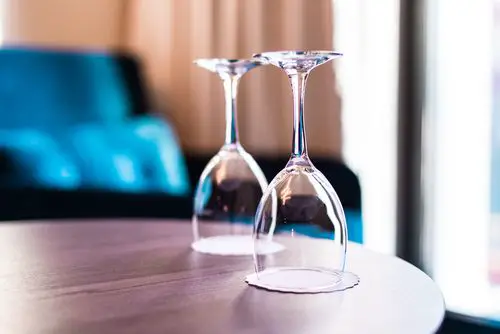Have you ever wondered what drinks our Kings and Queens enjoyed at their Jubilee’s in years gone by? The first ‘proper’ Jubilee was held in 1809 to celebrate the 50th year of King George III’s reign (King George III reigned from 1760 to 1820). The King and other members of the Royal Family attended a private service in Windsor and a grand fête and firework display at Frogmore.
In London the Lord Mayor and Corporation processed to St Paul’s Cathedral for a service of thanksgiving before holding a dinner at the Mansion House. Royal cellar records from the 1760s, the first decade of his reign, show that the King had a liking for German Hock (the British name for dry white wines from te Rhine river valley) and Claret – and his Court had a preference for Port.
The successive Kings George IV and William IV did not enjoy such a long reign as King George III and no Jubilees were held. However King George IV preferred Sherry and his cellars held 1213 bottles of Sherry, 805 of Madeira, 510 of Marsala and 335 of Port – needless to say George IV was well known for his intoxicated antics.
A certain General Palmer was one of his friends and ‘Palmer’s Claret’ aka Chateau Palmer graced the Kings table. It’s said that King William IV was a very moderate drinker and preferred barley water with lemon. His Court enjoyed Port, Sherry, Madeira, Claret, Burgundy and sweet and dry Champagne.
Our longest-reigning British monarch, Queen Victoria celebrated her Golden and Diamond Jubilees marking 50 and 60 years of her reign in 1887 and 1897. Queen Victoria’s Golden Jubilee began quietly with breakfast under the trees at Frogmore, the resting place of her beloved late husband, Prince Albert.
A royal banquet was held in the evening and 50 foreign kings and princes, along with the governing heads of Britain’s overseas colonies and dominions, attended the feast. On the following day, Queen Victoria travelled in an open landau to Westminster Abbey, escorted by Indian cavalry.
Queen Victoria’s Diamond Jubilee was marked by many celebrations, including a progress to St Paul’s Cathedral, where a short service of thanksgiving was held outside the building, as the Queen was too lame to manage the steps.
The Queen’s progress continued via the Mansion House across London Bridge and through South London, before returning over Westminster Bridge, past the Houses of Parliament to Buckingham Palace. In her journal the Queen wrote: “No one ever, I believe, has met with such an ovation as was given to me, passing through those 6 miles of streets.”
Queen Victoria’s royal cellars record that in 1838 her cellar master ordered 8 hogsheads and 4 butts of Sherry, 16 hogsheads of 1834 Chateau Lafite, also Chateaux Latour, Gruaud Larose and Margaux. The Queen also loved German Hock and enjoyed Tokaji. King Edward VII detested Sherry and sold off some 60,000 bottles of Sherry from the Royal Cellar, favouring Claret, Brandy, Cognac and Whiskey.
King George V celebrated his Silver Jubilee in 1935 and his favourite drinks were reputed to be Cognac and Whiskey. King George VI was served a 1929 Chateau Latour Martillac at his coronation feast in 1937.
Our Queen Elizabeth II is said to have a wide range of Champagne, Burgundy, Loire and Claret in her royal cellars. The clarets are said to include Chateau Latour à Pomerol; Chasse Spleen, Fonroque, Meyney, Phélan Ségur, Montrose, Ducru Beaucaillou, Gazin, Léoville Barton, Léoville Poyferré, and a little Haut Brion, Margaux, Mouton and d’Yquem. God Bless the Queen!

